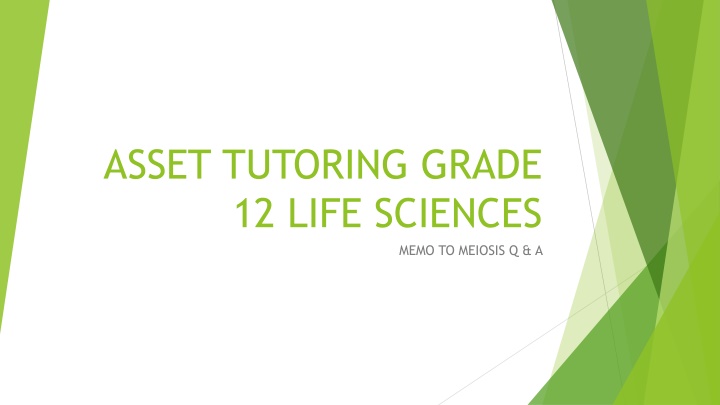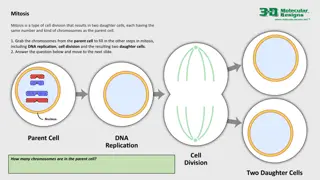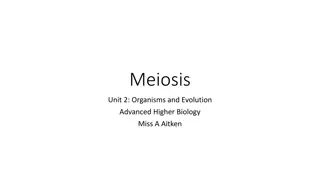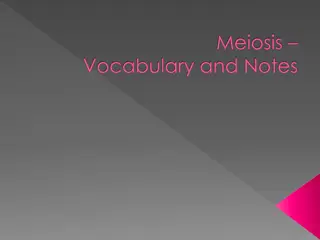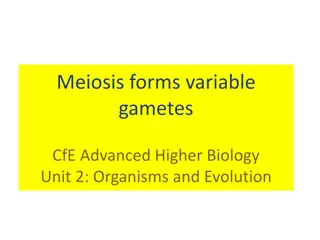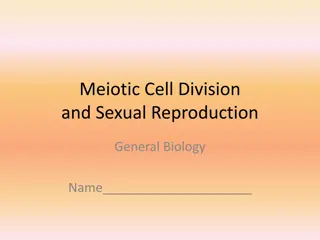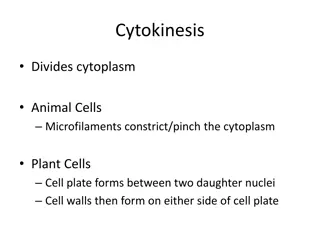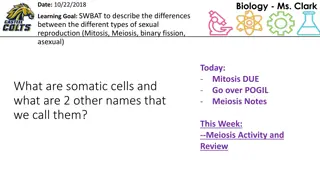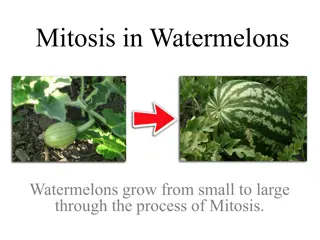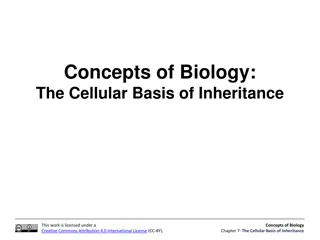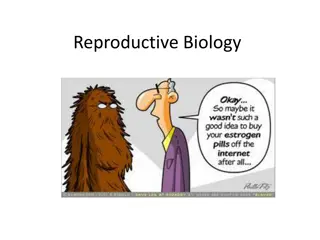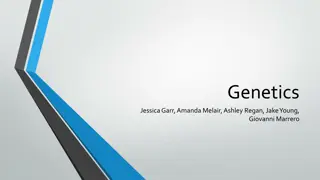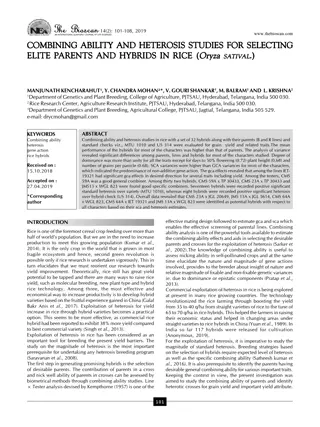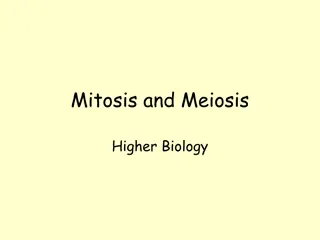Grade 12 Life Sciences - Meiosis Q&A
This memo contains questions and answers related to meiosis in Grade 12 Life Sciences. Topics covered include spermatogenesis, homologous chromosomes, cellular division stages, and genetic variations in gametes. Detailed diagrams and explanations provide a comprehensive review of key concepts.
Download Presentation

Please find below an Image/Link to download the presentation.
The content on the website is provided AS IS for your information and personal use only. It may not be sold, licensed, or shared on other websites without obtaining consent from the author.If you encounter any issues during the download, it is possible that the publisher has removed the file from their server.
You are allowed to download the files provided on this website for personal or commercial use, subject to the condition that they are used lawfully. All files are the property of their respective owners.
The content on the website is provided AS IS for your information and personal use only. It may not be sold, licensed, or shared on other websites without obtaining consent from the author.
E N D
Presentation Transcript
ASSET TUTORING GRADE 12 LIFE SCIENCES MEMO TO MEIOSIS Q & A
Question 1 2.1 spermatogenesis 2.2 testis /testes (no common names may be used) 2.3 (a) 23 (b) 23 2.4 crossing over random arrangement of chromosomes 2.5 Two/2 2.6 sperm/spermatozoa/male gametes
Question 2 2.1 Homologous chromosome lie close to one another and are called bivalents Non-sister chromatids Overlap At a chiasma/chiasmata And exchange genetic material This gives rise to chromatids that are not identical and these are found in the gametes and this brings about variation compulsory mark (1+5 = 6) 2.2 Homologous chromosome pairs Lie at the equator of the cell In a random order And each chromosome attaches to the spindle fibre by a centromere The random arrangement means that the gametes formed will have a different set of chromatids bringing about variation compulsory mark (1+4=5) * For both answers, read sense of answer
Question 3 5.1 Telophase 1 (notice centrioles are not visible) 5.2 Anthers and ovules 5.3 Diagram to show Cell A at the end of meiosis
Question 3 continued 5.4 Mark first TWO differences, if no table drawn with gridlines lose 1 mark Mark first difference must say metaphase I/1 and metaphase ii/2, mark answers independently Mark any three correct answers
Question 4 4.1 Anaphase II/2 (must give both) 4.2 (a) Centriole (b) Centromere (c) Spindle fibre (must give both words) 4.3 Centromere splits or chromatids separate 4.4 Crossing over (must give both words) 4.5 Reduce variation (cannot accept no variation because random arrangement of chromosomes will still take place) 4.6 (a) Four/4 (b) 23
Question 5 7.1 Due to non-disjunction of chromosome pair 21 During anaphase 1 (must give both) Two chromosomes moved to one pole And none went to the other pole 7.2 Gamete A has an extra chromosome no. 21/has 24 chromosomes When the gamete is fertilised by a gamete (ovum) with 23 chromosomes OR a normal ovum The resulting zygote will have 47 chromosomes OR 3 chromosomes at no. 21 And this results in Down Syndrome (no mark because it is in the question) (3) 7.3 (a) Prophase 1/I (must give both in order to get the marks) (1) Any (3) (b) Homologous chromosome lie close to one another and are called bivalents Non-sister chromatids Overlap At a chiasma/chiasmata And exchange genetic material Any (3)
